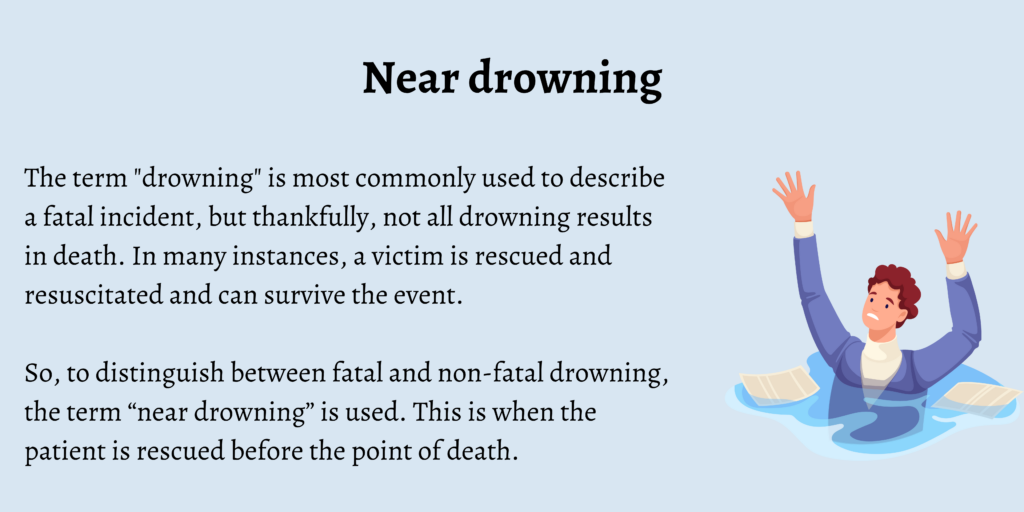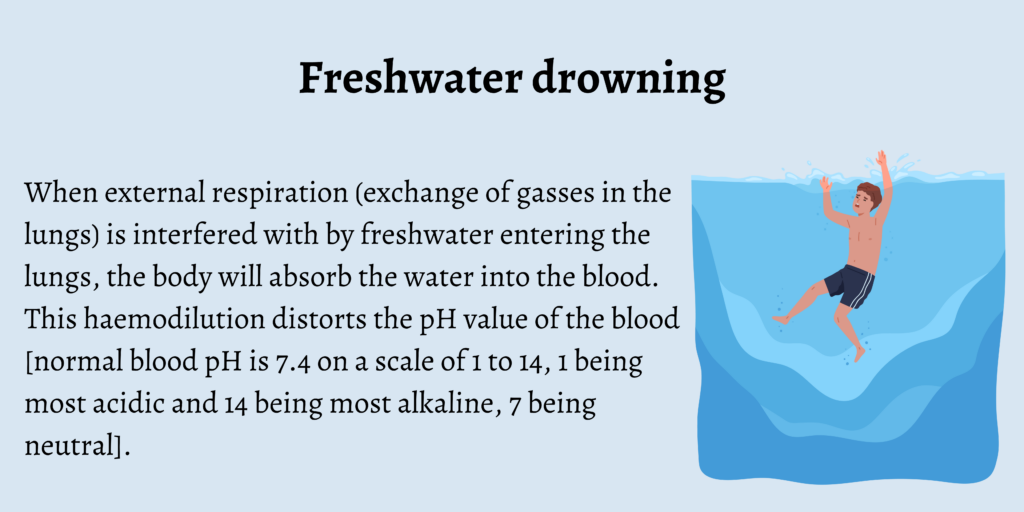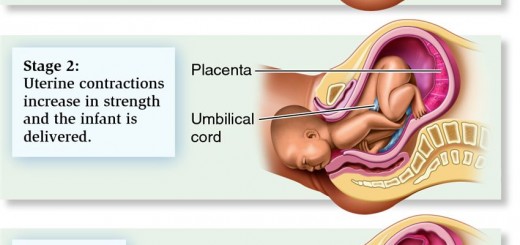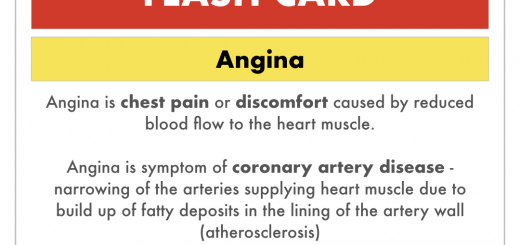What Are The Different Types of Drowning?
Drowning is defined as a form of suffocation due to the airways of the mouth and nose becoming immersed in a liquid. If a victim doesn’t return to the surface to breathe, the body detects excess carbon dioxide and decreased oxygen levels and enters a state of breathing emergency. This is accompanied by panic and physical distress, and in most cases, the inhalation of water into the lungs. The airways then close to prevent further fluid intake until the victim eventually loses consciousness.
Most fatal incidents of drowning occur when a victim is alone. But the presence of a bystander, particularly someone who is trained in drowning first aid, greatly increases a person’s chances of survival.
Drowning can be categorized into five different types: near drowning, dry drowning, freshwater drowning, saltwater drowning, and secondary drowning.
In this first aid blog post, we’ll examine the five types of drowning and how they occur.
Near Drowning
The term “drowning” is most commonly used to describe a fatal incident, but thankfully, not all drowning results in death. In many instances, a victim is rescued and resuscitated and can survive the event.
So, to distinguish between fatal and non-fatal drowning, the term “near drowning” is used. This is when the patient is rescued before the point of death.
Many people who experience near drowning have no long-term health complications. However, others are left with health problems, which in some cases, can be fatal in the days and weeks after the event. That’s why continued medical treatment and monitoring of a near-drowning victim is essential after rescue and resuscitation.
Dry Drowning
When a drowning person sinks and becomes more deeply unconscious, the stimulus to breathe is still present. As they try to breathe, water enters the pharynx. This stimulates the reflex that closes the larynx and epiglottis, thus diverting water to the stomach. With the airway sealed, the patient suffocates. Approximately ten percent of drownings are dry drownings where water has not entered the lungs.
Freshwater Drowning
When external respiration (exchange of gasses in the lungs) is interfered with by freshwater entering the lungs, the body will absorb the water into the blood. This haemodilution distorts the pH value of the blood [normal blood pH is 7.4 on a scale of 1 to 14, 1 being most acidic and 14 being most alkaline, 7 being neutral].
The body can cope with, and rectify, small changes in pH. But larger changes associated with significant haemodilution may result in cardiac arrest, sometimes within two to four minutes of rescue.
Saltwater Drowning
Saltwater has the opposite effect of fresh water, with water being drawn from the blood into the lungs. As the viscosity of the blood increases, the circulation becomes sluggish, slowing the heart rate until the point of cardiac arrest. Cardiac arrest may occur up to 12 minutes after rescue.
Secondary Drowning
When a drowning victim is successfully rescued and resuscitated, they may appear to be fully recovered. But their life could still be in danger.
If water has entered the body, rapid absorption from the stomach to the bloodstream will take place, causing haemodilution and distortion of pH balance. This could kill the patient up to 72 hours after being rescued.
If the patient drowned in salt water, residual water in the lungs could draw fluid from the bloodstream causing pulmonary edema or ‘shocked lung syndrome’, which may occur many hours after the event.
There are three main complications associated with drowning:
- Hypothermia. This must be considered in all cases of near drowning. The symptoms of hypothermia can mimic cardiac arrest.
- Alcohol. Alcohol can speed the onset of hypothermia, slow reactions, and increase the risk of vomiting;
- Mammalian diving reflex. This is a physiological response particularly common in young babies that occurs when a victim is plunged face-first into icy cold water. This little-understood reflex results in a near-total shutdown of the respiratory, circulatory, and nervous systems to the point of ‘suspended animation’ and apparent death.
However, victims have been known to make a complete recovery after up to 38 minutes submerged and 16 subsequent hours of resuscitation.
What are the Three Categories of Drowning?
The three categories of drowning are:
1. Passive Drowning
Passive drowning occurs when there is a sudden change in the circumstances that a person is experiencing. Examples of this could be loss of consciousness or someone experiencing a sudden onset of a medical condition.
2. Active Drowning
Active drowning can be defined as the response a person has when they realize that there is a possibility of drowning.
3. Secondary Drowning
Secondary drowning can occur if a person goes through a near drowning experience, which can happen even hours or days following the incident of near drowning.
What Kind of Drowning is Most Common?
Wet drowning is the most common form of drowning. In wet drowning, a person loses their ability to breathe since water enters their lungs. This type of drowning usually happens when a person is immersed in water and can’t reach for air.
Ways to Prevent Drowning
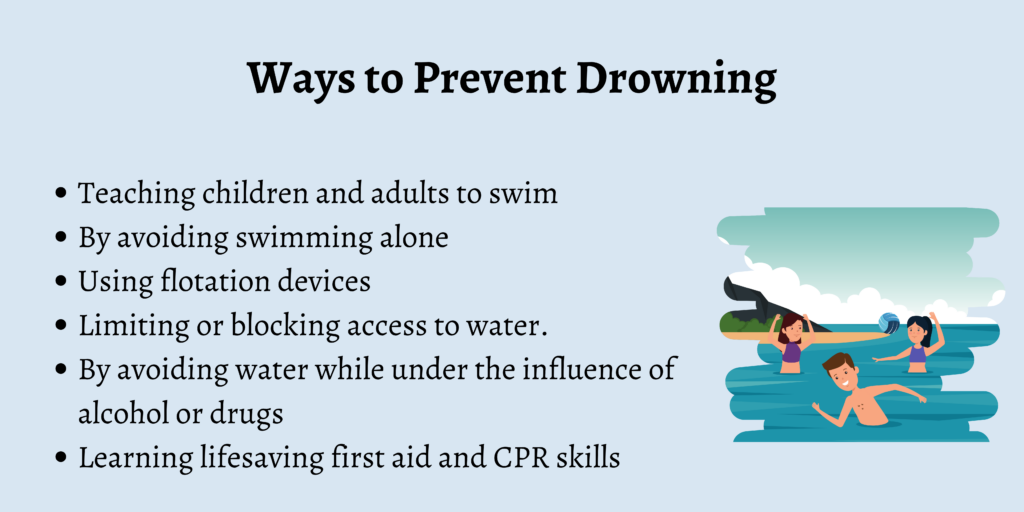
There are an estimated 4,000 deaths due to drowning every year in the United States, and sadly, children are at the highest risk of all. Drowning is the leading cause of death in children aged 1–4, but it doesn’t have to be that way.
There are many ways to limit or prevent the risks of drowning in both adults and children.
These include:
- Teaching children and adults to swim. This includes swimming in open waters without the use of floatation aids. A strong, confident swimmer is at much less risk of drowning than a person who is inexperienced in the water.
- By avoiding swimming alone. Most fatal drowning incidents occur when the victim is swimming alone.
- Using flotation devices. Everyone, no matter their age or swimming ability, should wear a personal floatation device while engaging in activities on the open water. Children and non-swimmers/weak swimmers should use flotation devices in all types of water, including the swimming pool.
- Limiting or blocking access to water. Young children should be actively supervised at all times while in water, and swimming pools should be fenced off so that children cannot access them alone. If supervising a child in the water, always remain within arms’ reach.
- By avoiding water while under the influence of alcohol or drugs. Even the most experienced swimmers can drown while inebriated.
- Learning lifesaving first aid and CPR skills. Treatment for drowning victims includes:
- Conducting a primary survey.
- If the casualty is unresponsive or not breathing, call the emergency services.
- Ask bystanders to locate an AED device if available (do not leave the casualty to find one yourself.)
- While on the phone with the emergency services (use speaker phone if alone), begin administering CPR.
- Start by checking the airway is open and administering five rescue breaths.
- Follow the rescue breaths with chest compressions. After 30 chest compressions at a rate of 100-120 per minute, provide two rescue breaths. Repeat at a ratio of 30 chest compressions: 2 rescue breaths until the casualty regains consciousness, an AED device becomes available, or medical help arrives.
- If the casualty regains consciousness, place them into the recovery position, keep them warm, monitor their vital signs, and offer reassurance until the emergency services arrive.
FAQs
Is drowning extremely painful?
When a person drowns, they experience a burning sensation that occurs due to the water entering the lungs, which is usually painful.
Does a body float immediately after drowning?
No, a body does not float immediately after drowning. They usually sink first, after which they begin to float.
What are some of the risk factors for drowning?
Some of the risk factors for drowning include consuming alcohol in or close to a water body, kids aged between one and four, and children who live near open water sources.
Can you cry while drowning?
Yes, a person can cry while drowning.
What gender is more at risk of drowning?
Men are at a higher risk of drowning.
Conclusion
Drowning is an all too frequent occurrence, but knowing the different types of drowning and how to prevent a potentially fatal incident is crucial for first aiders and bystanders alike. For more lifesaving information about first aid for drowning, read our in-depth guides on how to save someone who is drowning and how to resuscitate a drowning victim.

